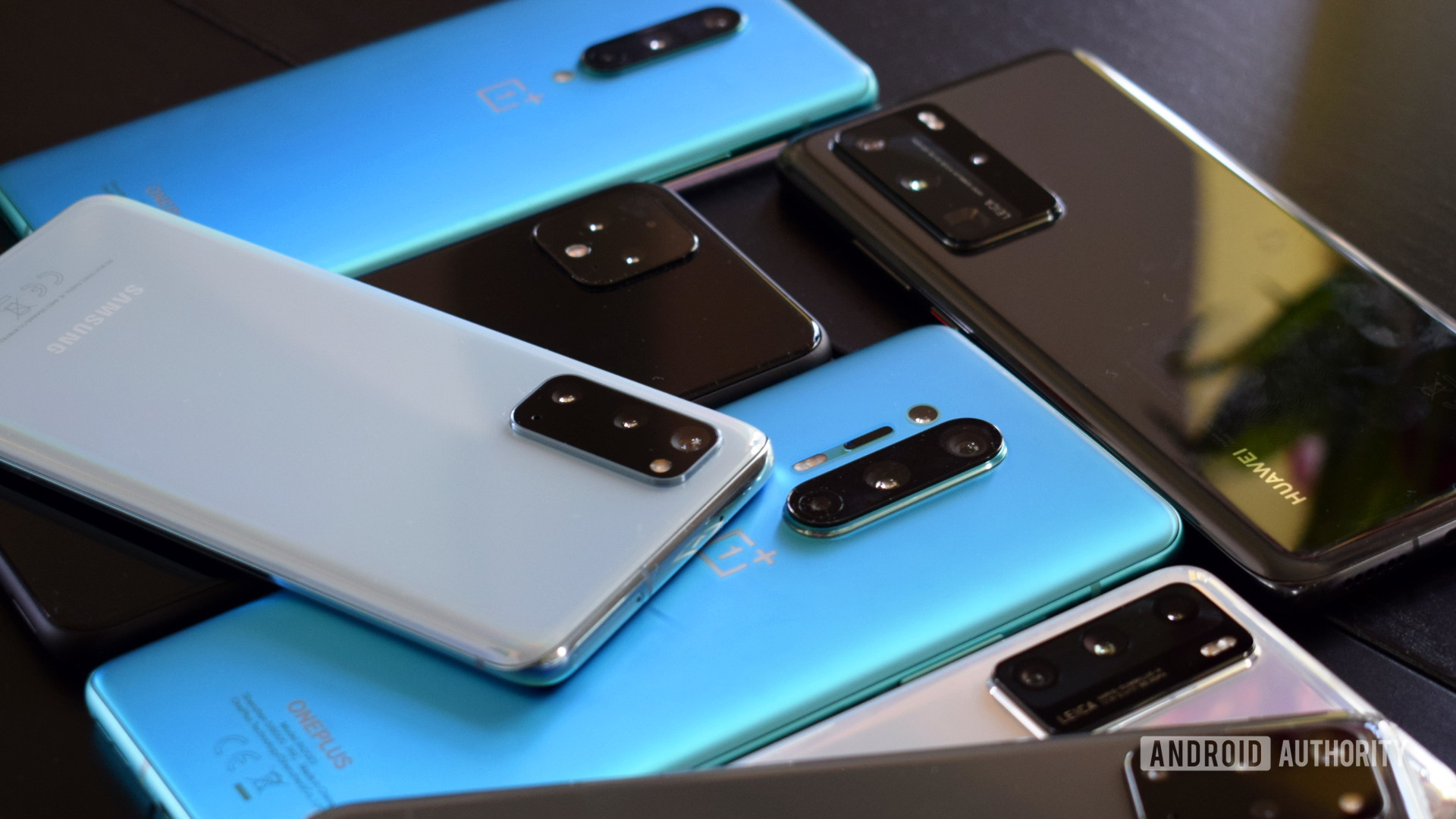
- HOW TO ROOT ANDROID HOW TO
- HOW TO ROOT ANDROID ANDROID
- HOW TO ROOT ANDROID DOWNLOAD
Hitting continue will unroot the device, and you’ll need to reboot to finish the process.

If you’re on a device with the traditional rooting method-generally Lollipop or older-then this is the first and only step for you. This will present a dialog box with what to expect from the unroot process and ask if you’d like to continue. Once opened, swipe over or tap the Settings tab and scroll towards the bottom till you see the “Cleanup” section. To fully unroot the device, the first thing you’ll want to do is jump into the SuperSU app, which is found in the app drawer.
HOW TO ROOT ANDROID ANDROID
It’s also the smartest and easiest way to quickly unroot your Android device, because the entire process is done within the app directly on the phone. SuperSU is easily the most popular and robust root management app available on Android. If you’re running a rooted device, there’s a very high chance that you’re using SuperSU to manage which apps get superuser access.
HOW TO ROOT ANDROID HOW TO
How to Unroot Basically Any Android Device with SuperSU So skip down to the section that fits your device, version of Android, and situation. We will cover each of these methods (in varying levels of detail) in the four sections below. This is different for every phone, and we can’t give instructions for each one, but we discuss it in the final section of this guide. That means wiping your phone and returning it to a completely stock, out-of-the-factory condition in order to unroot.
 Non-Developer Edition phones: If the SuperSU method doesn’t work and you have a non-developer phone, you will likely have to go nuclear. This is discussed in the third section of this guide. This is the file that gives you root access on pre-Marshmallow phones, so deleting it and then re-flashing Android’s stock recovery should do the trick. Nexus and other Developer Edition Phones running Lollipop and Before: If the SuperSU method doesn’t work, you can manually unroot your device by deleting the su binary. This is discussed in the second section of this guide. This is the main file that gets edited when you root a phone with Marshmallow, so replacing it and then re-flashing Android’s stock recovery should do the trick. Nexus and other Developer Edition Phones running Marshmallow: If the SuperSU method doesn’t work, you can manually unroot your device by re-flashing its boot.img. In those cases, you can manually unroot your phone using one of these methods: Maybe it fails, or maybe it can’t replace your stock recovery for some reason. Seems simple, right? Unfortunately, the SuperSU method doesn’t always work perfectly. Any phone running a custom ROM or using the Xposed Framework: If you’ve done more than root, you’ve likely altered certain parts of your system heavily enough that they only way to unroot is to return to a completely stock, out-of-the-factory condition. This is detailed in the first section of this guide. You can unroot your phone using an option in the SuperSU app, which will remove root and replace Android’s stock recovery. Any Phone that has only been rooted: If all you’ve done is root your phone, and stuck with your phone’s default version of Android, unrooting should (hopefully) be easy. In general, unrooting will involve one of these processes. Like rooting, there are a few different methods of unrooting your phone, and which one you’ll use depends on your device, the version of Android you’re running, and what you’re trying to accomplish.
Non-Developer Edition phones: If the SuperSU method doesn’t work and you have a non-developer phone, you will likely have to go nuclear. This is discussed in the third section of this guide. This is the file that gives you root access on pre-Marshmallow phones, so deleting it and then re-flashing Android’s stock recovery should do the trick. Nexus and other Developer Edition Phones running Lollipop and Before: If the SuperSU method doesn’t work, you can manually unroot your device by deleting the su binary. This is discussed in the second section of this guide. This is the main file that gets edited when you root a phone with Marshmallow, so replacing it and then re-flashing Android’s stock recovery should do the trick. Nexus and other Developer Edition Phones running Marshmallow: If the SuperSU method doesn’t work, you can manually unroot your device by re-flashing its boot.img. In those cases, you can manually unroot your phone using one of these methods: Maybe it fails, or maybe it can’t replace your stock recovery for some reason. Seems simple, right? Unfortunately, the SuperSU method doesn’t always work perfectly. Any phone running a custom ROM or using the Xposed Framework: If you’ve done more than root, you’ve likely altered certain parts of your system heavily enough that they only way to unroot is to return to a completely stock, out-of-the-factory condition. This is detailed in the first section of this guide. You can unroot your phone using an option in the SuperSU app, which will remove root and replace Android’s stock recovery. Any Phone that has only been rooted: If all you’ve done is root your phone, and stuck with your phone’s default version of Android, unrooting should (hopefully) be easy. In general, unrooting will involve one of these processes. Like rooting, there are a few different methods of unrooting your phone, and which one you’ll use depends on your device, the version of Android you’re running, and what you’re trying to accomplish. 
RELATED: Seven Things You Don't Have to Root Android to Do Anymore The Many Ways to Unroot an Android Phone Whatever your reasons, unrooting isn’t that difficult–as long as you know what you’re doing.
HOW TO ROOT ANDROID DOWNLOAD
Or maybe you just want to download an over-the-air update. Or, perhaps you’re trying to sell your device, or get warranty service. Maybe you want to unroot for security reasons, or maybe you just don’t need root for your favorite tweaks anymore.







 0 kommentar(er)
0 kommentar(er)
